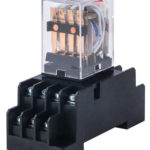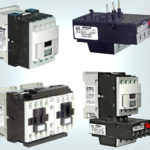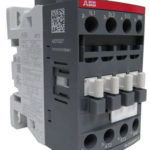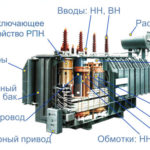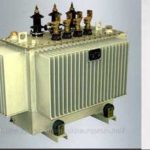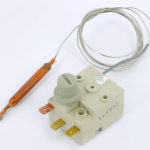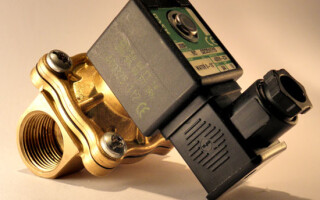To control liquid media in pipelines, special shut-off valves are traditionally used. According to the established procedure, it is performed in the form of valves (faucets) that close or open manually. Today, instead of the usual valves, modern locking devices operating on the principle of electromagnetic induction are increasingly being installed.
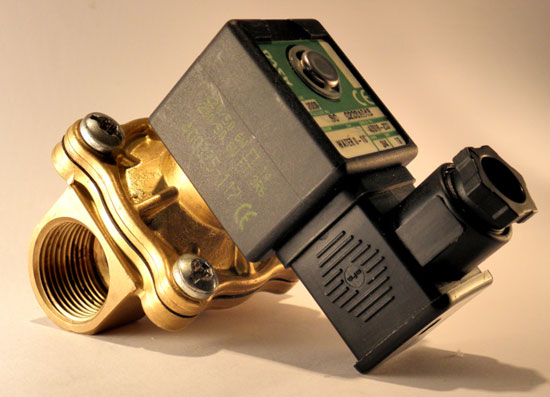
Content
What is a solenoid solenoid valve
Solenoid valve - This is a classic electromechanical unit, the main purpose of which is the operational control of the flow of liquid or gaseous media. Thanks to this device, this process can be partially or completely automated. The final decision to open or close the solenoid is made by the operator or controller logic.
Being at the control panel, the operator presses the “open” button of the valve, thereby applying voltage to the electromagnet coil. The latter, due to the current flowing through it, retracts the valve stem, switching the valve to the "Open" mode (with a normally closed type of valve). To perform the reverse action, the operator just needs to click the "Close" button. After that, the voltage is removed from the coil and the rod, under the action of a return spring, takes its normal safe position.
Purpose and application of solenoids
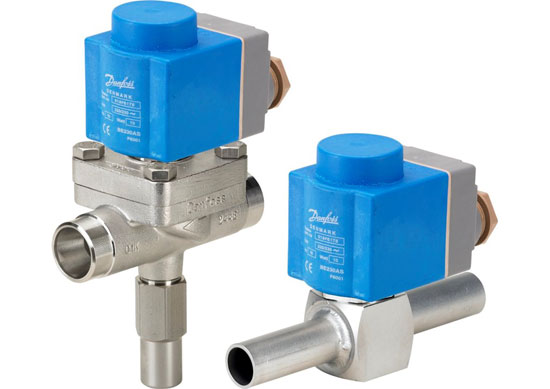
The main purpose of solenoids and similar devices is to redirect or block the movement of liquid media in pipelines of various types and purposes. In domestic conditions, they are used in cars, in ordinary water pipes, as well as in heating networks and in irrigation systems for summer cottages. In industry, these devices are installed to control the flow of technical liquids and gases transported through an extensive pipe network, to control shut-off valves.
They can also be installed in equipment where automatic valve control is required depending on the operating conditions. In this case, the solenoid device kit may come with a special kipovsky sensor, sensitive to leakage, for example. In this case, when a leak is detected, an alarm signal from the sensor is sent to a special controller, which, after processing the information, issues a command to close the valve.
The device and principle of operation of the solenoid type valve
A typical solenoid valve includes:
- case cast from durable and wear-resistant materials;
- an inductive coil with a solenoid;
- a disc or piston that directly controls the flow of fluid;
- damper spring.
The inductor, which is the main working element of the electromagnet, is placed in a capsule completely isolated from the external environment and filled with epoxy resin. Such reliable sealing excludes the possibility of water entering it, which is a good current conductor.
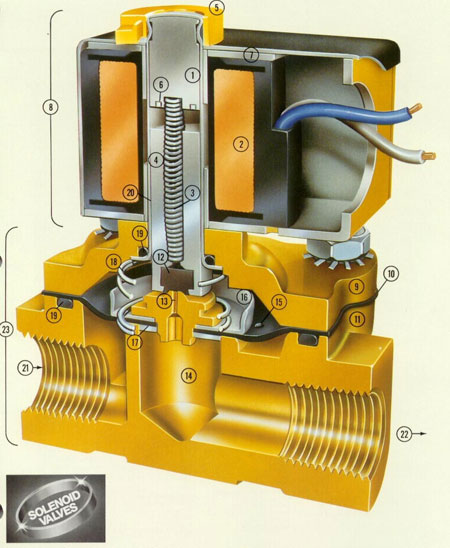
The principle of operation of the solenoid type valve is based on the electromagnetic effect, well known from the school physics course. According to him, when an e / m tension appears in all metal parts located in the zone of its action, a field of the same type is induced due to induction. Magnetized objects begin to interact with the original field structure, being attracted or repelled from its carrier.
In the device of the type under consideration, the initial action is created by an electromagnetic coil, and the secondary field is "induced" in the solenoid (in the moving part of the system). When a pulse is applied, the solenoid with the control rod fixed on it moves and closes / opens the channel with the liquid (gas) flowing through it.
Varieties of Solenoid Solenoid Valves
The described devices are classified according to the following main features:
- material on the basis of which the case is made;
- valve design features;
- its position when the voltage is removed from the coil (in a de-energized state);
- operation principle;
- features of connection to pipelines.
Important! From the correct choice of the valve for some of these signs depends on how long it will work in an environment with given parameters.
The body of these products is made of traditional brass, plastic or stainless steel. The correct choice of material largely determines whether the valve can be used in critical applications. For domestic plumbing heating systems, any of the above varieties is suitable.
According to the design features, valves are divided into piston, diaphragm and spool valves. The cheapest and fairly reliable option is a spool device that does its job well. Therefore, such valves are traditionally installed in everyday life.
According to the position of the rod with the piston when the electromagnet is disconnected from the power supply, they are divided into the following types:
- normally closed (NC);
- open (NO);
- having two stable positions.
In the first variant, when the voltage is removed from the coil, the core with the valve, due to the elasticity of the return spring, reliably closes the pipeline channel. In the second case, when the voltage is off, the opposite effect is obtained. Under the action of the same spring, the rod is completely drawn into the coil, and the channel remains open. In the third case, in the initial state, when the voltage is removed, the valve can be in both positions (block the channel or leave it free). It all depends on the scheme used for its inclusion.
According to the principle of operation (according to their functionality) all such valves are divided into one-way, two-way and three-way. The first variety has only one working pipe connected to the pipeline.Such structures are usually used as safety ones, serving to get rid of excess steam or water.
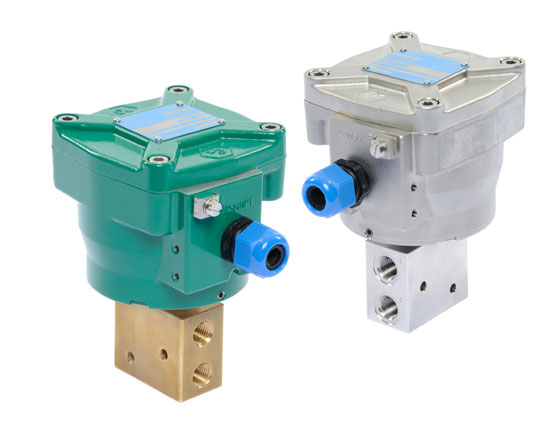
Their three-way counterparts have three connecting pipes, which allows them to be used to redirect the flow of liquid media. The most common type of solenoid valves are two-way. They have two nozzles on both sides and are installed directly into the pipeline break. According to the connection features, solenoid devices are divided into coupling, as well as flange and fitting.
Different types of valves also differ in the material used in the manufacture of the seal and shut-off membrane. In accordance with this feature, they can be used:
- fluorine elastomer;
- ethylene propylene elastomer (EPDM);
- rubber base.
Additional Information: In household devices that serve to shut off the flow of water in pipelines, the second type is usually used.
This is due to the fact that EPDM synthetic material is resistant to the damaging effects of salts and performs well at low temperatures.
How to connect the solenoid valve
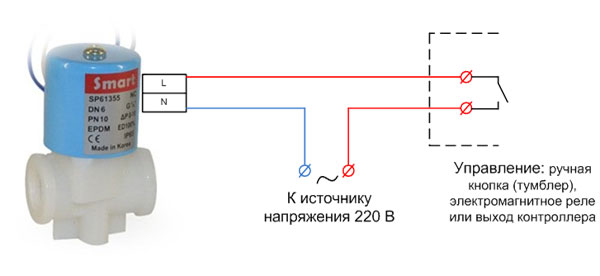
Before installing and connecting a solenoid valve, it is important to consider that this mechanism very poorly “tolerates” water hammer, which often occurs in pipelines with dense liquids. If it is not properly protected, it will not last long. The function of such protection is performed either by a pressure reducing valve, which allows to reduce the pressure at the moment of impact, or by rubber tubes mounted directly in front of the protected device.
In addition, the following important points must be taken into account:
- before installing the solenoid valve, preparatory work is carried out, which boils down to stripping pipes and marking them;
- the place of its installation is chosen in such a way that it always has free access (for replacement or repair);
- the installation of the device is carried out with the electromagnet completely disconnected from the mains.
Important! Before the solenoid valve, it is recommended to install a coarse filter that traps small dirt particles.
The process of mechanical installation and electrical connection includes the following steps, listed in the sequence of their execution:
- First, the body of the device is installed into the pipeline break by means of flanges with gaskets.
- Then they proceed to the connection of the electrical part, represented by a magnetic coil with three contacts.
- Two of them are connected to + and - a constant voltage of 24 V, or phase and zero for 220 V solenoids, and the third contact is ground.
To connect the ground to the valve body, a thick copper conductor is used, which is welded to the mounted protective circuit.
Similar articles:
